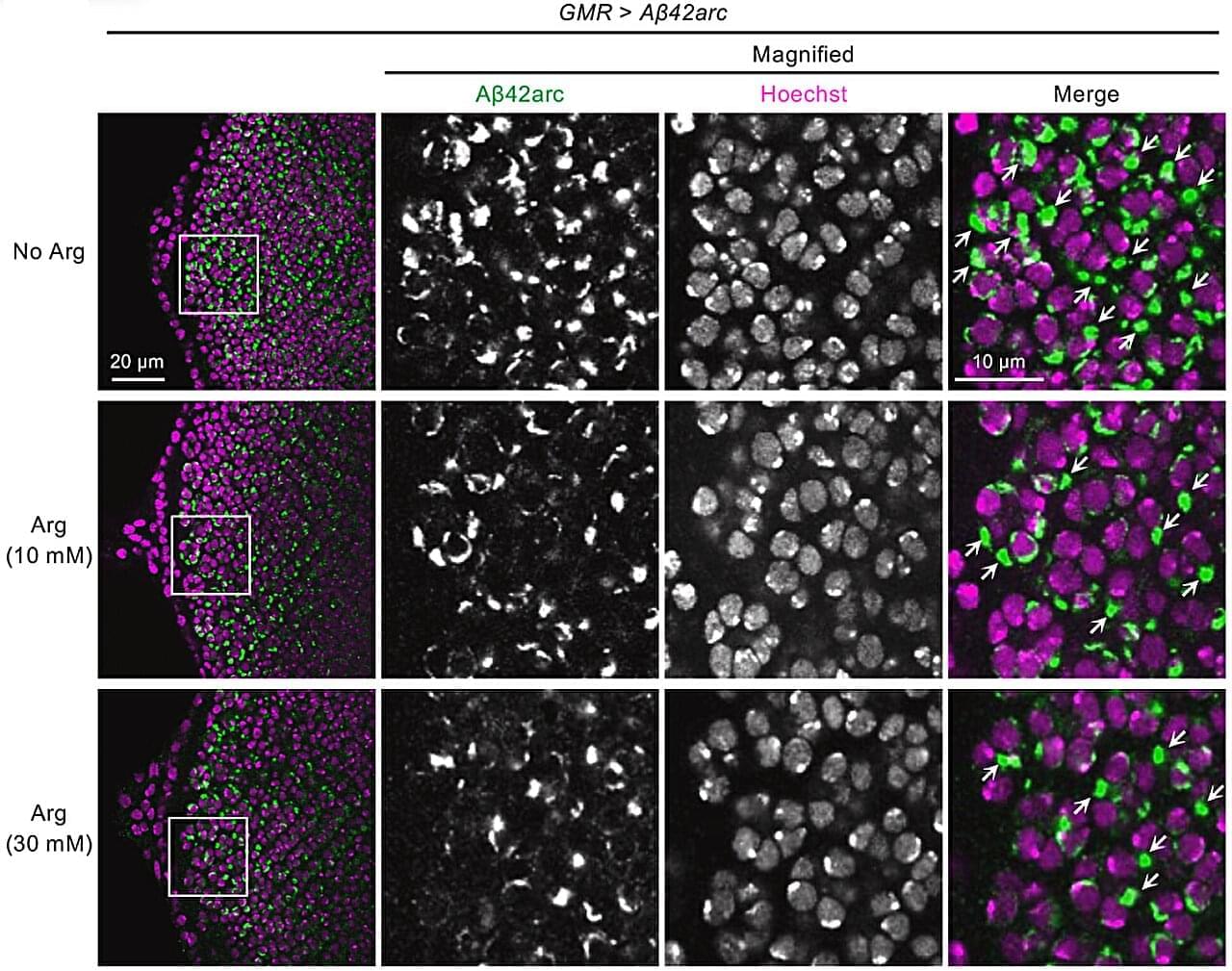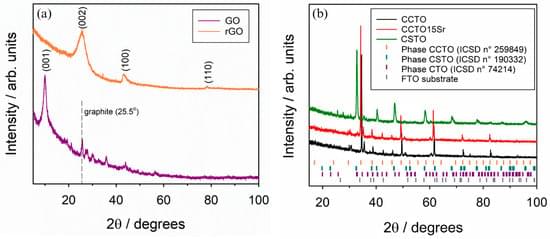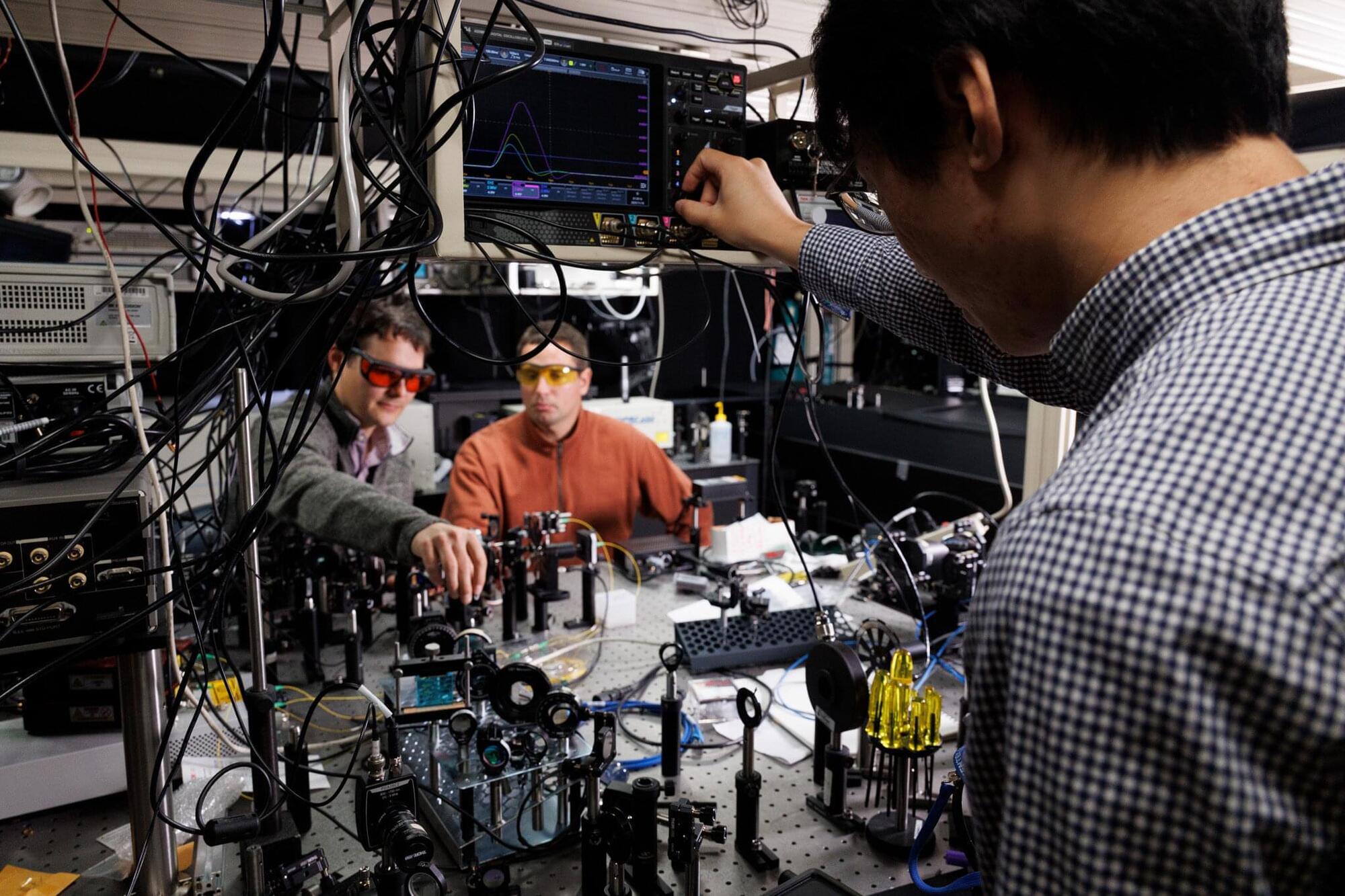An environmental chemistry laboratory at Duke University has solved a longstanding mystery of the origin of high levels of PFAS—so-called “forever chemicals”—contaminating water sources in the Piedmont region of North Carolina.
By sampling and analyzing sewage in and around Burlington, NC, the researchers traced the chemicals to a local textile manufacturing plant. The source remained hidden for years because the facility was not releasing chemical forms of PFAS that are regulated and monitored. The culprit was instead solid nanoparticle PFAS “precursors” that degrade into the chemicals that current tests are designed to detect.
Incredibly, these precursors were being released into the sewer system at concentrations up to 12 million parts-per-trillion—approximately 3 million times greater than the Environmental Protection Agency’s recently-enacted drinking water regulatory limit for certain types of PFAS.









